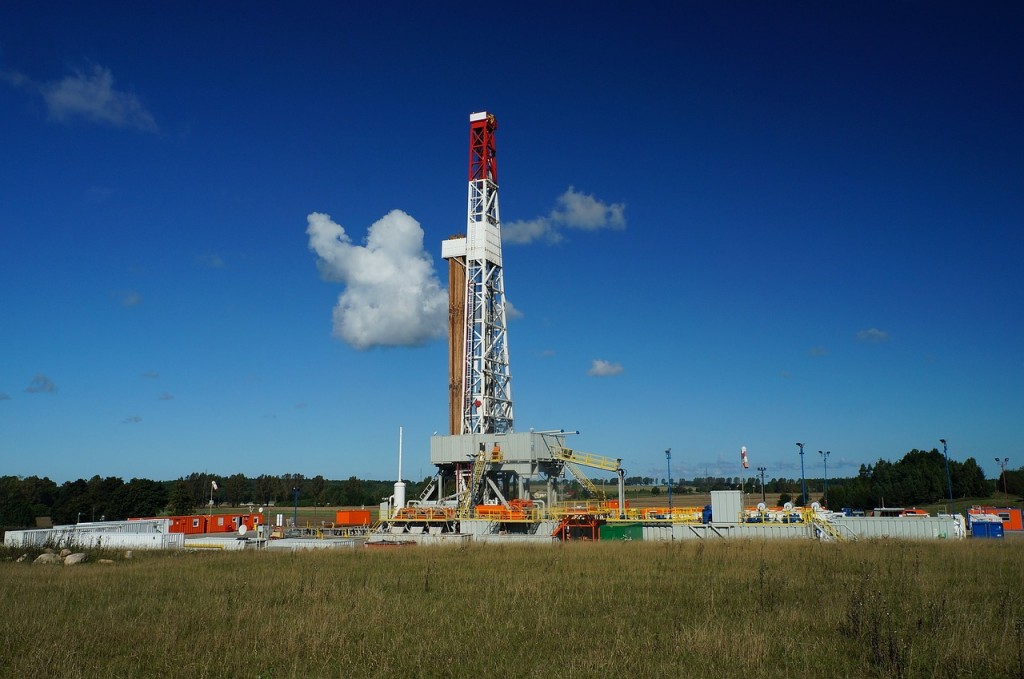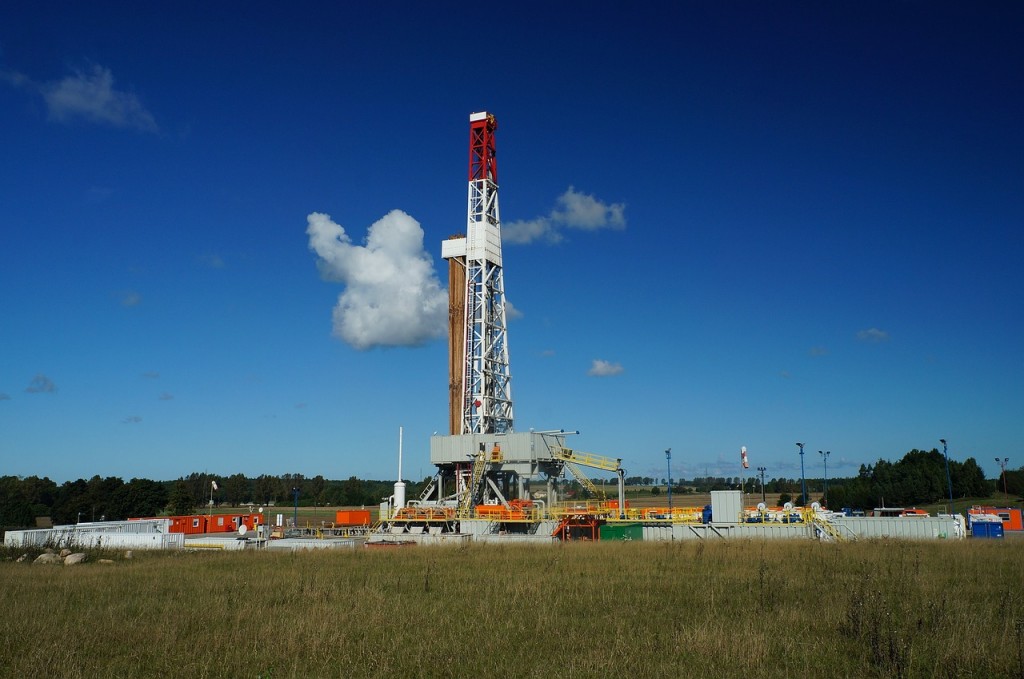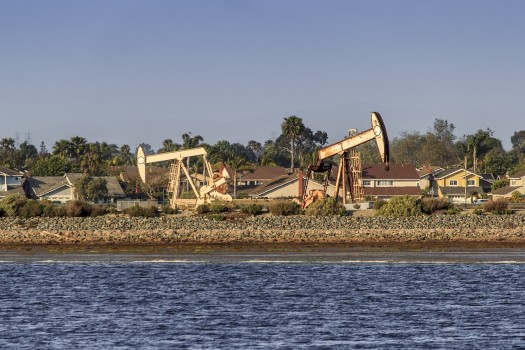Oil spills and gas leakages have caused considerable damage to the environment. They expose people, animals, and plants to toxic substances. Previous leaks led to many injuries and fatalities, while oil spills have been linked with the destruction of ocean’s ecosystems.
Oil spills and gas leaks are often severe. With that said, you might be wondering if companies are doing anything to prevent future leaks. Since the Gulf oil spill, companies have made significant adjustments to reduce the probability of spills. Some of these adjustments have not been voluntary. For example, in America, all companies with offshore installations must present their oil spill control measures to the Bureau of Ocean Energy Management, Regulation, and Enforcement (BOEMRE). They must also file emergency response plans with the US Coast Guard.
Below are some of the measures that oil and gas companies have implemented to minimize gas leakages and oil spills.

Adoption of leak detection technologies
Detecting gas leaks poses a big challenge. This is so because some gases are colorless and odorless. When such gases leak, it takes a long time discover. Furthermore, even when a leak has been detected, identifying the source of the leak is often hard.
In 2013, methane leaks contributed 2.8% of the total greenhouse gas emissions from energy industries. Many companies have installed methane sensors to detect methane leaks. With the installation of multiple methane sensors, the source of a leak can easily be identified. Methane sensors are not the only gas sensors in use. Carbon monoxide and carbon dioxide sensors are also in widespread use. The industry is working to develop sensors for other toxic gases.
Establishment of industry-sponsored safety institutions
Effective control of oil spills requires massive investment. Individual companies cannot sufficiently finance research on new methods of spill prevention. To overcome this limitation, firms are pooling resources.
An example of an industry-sponsored venture is The Center for Offshore Safety (COS). COS is funded by the US offshore oil and gas industry. The center prepares information and recommendations regarding Safety and Environmental Management Systems (SEMS). It also facilitates cooperation between the industry and external stakeholders such as the government and local communities in tackling environmental pollution.
Training and worker safety programs
Companies are giving specialized training to their staff on spill prevention. They are also training them on emergency response measures. A proper response to a spill is very crucial. If the response is fast, further leaking will be avoided.
In the United States, the Environmental Protection Agency has an oil spills prevention program. Under this program, companies are required to train their staff on Spill Prevention, Control, and Countermeasure (SPCC) and the Facility Response Plan (FRP). Institutions such as American Petroleum Institute (API) are now offering this training.

Setting of spill reduction targets
More and more companies are setting their own spill reduction goals to complement those set by federal and state regulations. The comprehensive plans include the targets to be achieved and the steps to be taken towards attaining those goals.
Trade organizations have developed strategic plans to reduce industrial leaks too. For example, The American Gas Association (AGA), a trade organization representing more than 200 American energy companies, ratified guidelines aimed at reducing gas leakages.
You can now have confidence that companies are putting in genuine efforts to reduce gas leakages and oil spills. However, the danger has not been eliminated. Companies should research on more efficient techniques of spill prevention. In particular, they should incorporate emerging technologies into their spill prevention plans.

